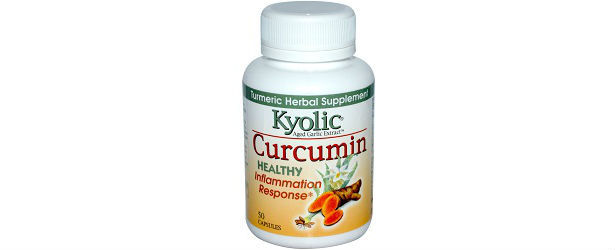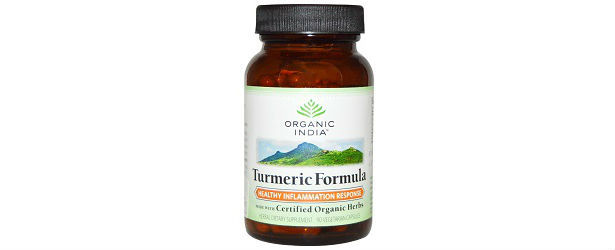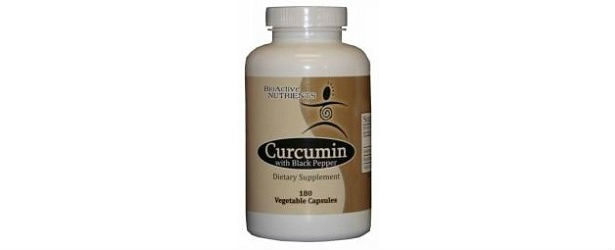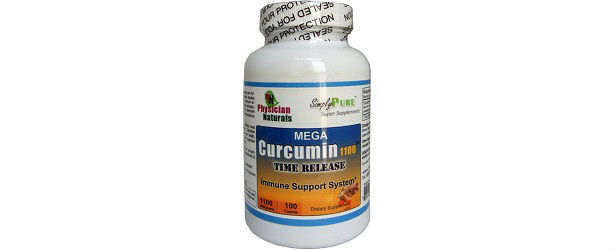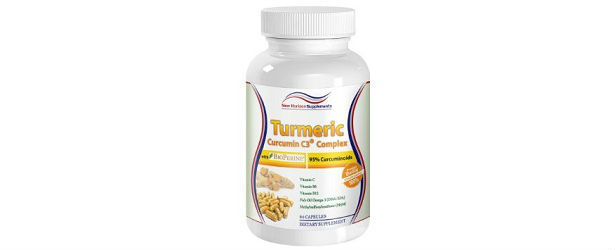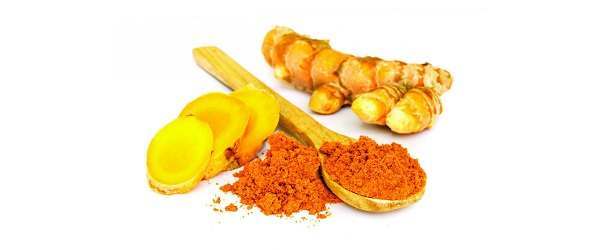
Turmeric Nutrition Facts
Turmeric is an underground rhizome (root), which is made of unique pigment compounds that impart an intense flavor, color, and distinctive fragrance to the recipes it is added to. Turmeric has its roots in traditional Chinese and Ayurvedic medicine. Considered to be a cleansing herb, turmeric is used in herbal medicine practices to aid liver and digestive problems, including upset stomach, flatulence, and abdominal cramping. Turmeric’s anti-inflammatory properties are considered to have beneficial effects on rheumatoid arthritis and osteoarthritis. The active compound in turmeric, curcumin, has antioxidant properties. As a topical skin remedy, turmeric’s antimicrobial and anti-inflammatory properties aid insect bites, fungal infections of the skin, minor wounds, and skin conditions such as eczema and psoriasis. Curcumin is also believed to increase bile production and flow from the liver, enhancing the breakdown of fats during digestion. In traditional Chinese and Ayurvedic medical system, turmeric has been used to aid digestion and liver function, relieve arthritis pain, and regulate menstruation.
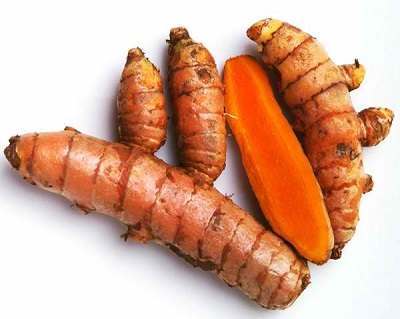 The Turmeric root has a dark brown skin on the exterior and deep orange-yellow flesh internally. Its leaves as well as rhizome features unique flavor and fragrance. Its taste is described as mild peppery to warm and bitter. Its fragrance is sweet and pleasant, slightly reminiscent of a mix of orange-zest, and ginger to which it is related. Once harvested, the root is boiled, dried, and ground to prepare distinctive bright yellow spice powder.
The Turmeric root has a dark brown skin on the exterior and deep orange-yellow flesh internally. Its leaves as well as rhizome features unique flavor and fragrance. Its taste is described as mild peppery to warm and bitter. Its fragrance is sweet and pleasant, slightly reminiscent of a mix of orange-zest, and ginger to which it is related. Once harvested, the root is boiled, dried, and ground to prepare distinctive bright yellow spice powder.
Health benefits of Turmeric
Turmeric has many wide ranging health benefits. Some of these benefits include:
- Turmeric has been in use for hundreds of years for its anti-inflammatory (painkiller), anti-gas and anti-bacterial properties.
- The herb contains health benefiting essential oils such as termerone, curlone, curumene, cineole, and p-cymene.
- Curcumin, a poly-phenolic compound, is the principal pigment that imparts deep orange color to the turmeric. Laboratory animal studies have found that the curcumin may have anti-tumor, antioxidant, anti-arthritic, anti-amyloid, anti-ischemic, and anti-inflammatory properties.
- This popular herb contains no cholesterol — conversely, it is rich in anti-oxidants and dietary fiber, which helps to control blood LDL or “bad cholesterol” levels.
- It is very rich source of many essential vitamins such as pyridoxine (vitamin B6), choline, niacin, and riboflavin, etc.
- Fresh root contains impressive levels of vitamin-C. Vitamin C is a water-soluble vitamin and a powerful natural anti-oxidant, which helps the body develop immunity against infectious particles and removes harmful free oxygen radicals.
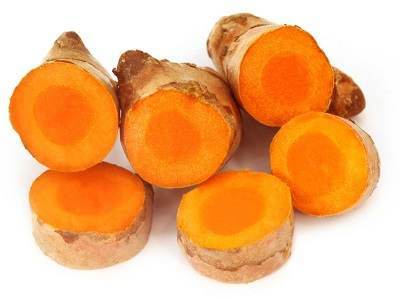 Turmeric contains high amounts of minerals such as calcium, iron, potassium, manganese, copper, zinc, and magnesium. Potassium is an important component of cell and body fluids that helps control heart rate and blood pressure. Manganese is used by the body as a co-factor for the antioxidant enzyme, superoxide dismutase.
Turmeric contains high amounts of minerals such as calcium, iron, potassium, manganese, copper, zinc, and magnesium. Potassium is an important component of cell and body fluids that helps control heart rate and blood pressure. Manganese is used by the body as a co-factor for the antioxidant enzyme, superoxide dismutase.
Nutritional Information
- 100 g of turmeric provides : 53% of dietary fiber, (% of Recommended Daily Allowance, RDA per 100 g)
- 138 % of vitamin B-6 (pyridoxine),
- 32% of niacin,
- 43 % of vitamin C,
- 21 % of vitamin E,
- 54 % of potassium,
- 517 % of iron,
- 340 %of manganese and
- 40 % of zinc.
- 0% cholesterol.
Only a few grams of turmeric per day either in the form of powder, crushed root or fresh root will provide enough nutrients to help you keep healthy and strong,
TOP 5
TURMERICSupplements |
|||||
| Turmeric Curcumin Premium | NutriDosha | Source Naturals Turmeric | Sandhu's Curcumin C3 Complex | EverPure Turmeric Curcumin | |
|---|---|---|---|---|---|
| 1 | 2 | 3 | 4 | 5 | |
| Price (1 bottle) Price (6 bottles) Best Value |
$48.00 $138.00 |
$37.50 $225.00 |
$34.50 $207.00 |
$29.95 $179.70 |
$24.47 $146.82 |
| Overall Rating | 99.50% | 84.30% | 81.00% | 73.50% | 69.50% |
| Effectiveness |





|





|





|





|





|
| Speed of Results | Extremely Fast | Good | Good | Average | Average |
| Quality of Ingredients | Premium | Good | Average | Average | Average |
| Customer Satisfaction Evaluation | 99.20% | 86.30% | 81% | 73% | 70.30% |
| Safety Evaluation | Safe for Use | Safe for Use | Safe for Use | Safe for Use | Safe for Use |
| Customer Service Rating |





|





|





|





|





|
| Reorder Rate | Highest | Good | Good | Average | Average |
| Return Policy | Risk Free | No | Unclear | No | Unclear |
| Success Rate | 99.40% | 86.20% | 81% | 74.50% | 69% |

 Subscribe Now
Subscribe Now




